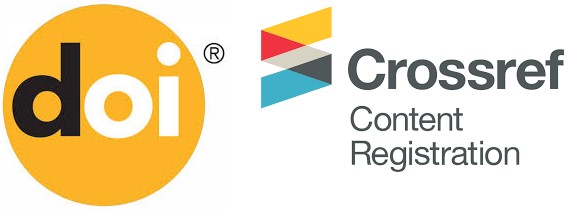Studies and researches
Vol. 14 Issue 1 - 6/2022
The Use of GARCH Autoregressive Models in Estimating and Forecasting the Crude Oil Volatility
Today, oil is one of the most popular commodities
traded globally, due to its indispensable character and multiple properties
offered to mankind. Increased attention is paid to the analysis of volatile and
fluctuating trends in the overall price of this valuable energy source. Using
the autoregressive conditional heteroskedasticity models such as GARCH(1,1),
GARCH-M(1,1) and EGARCH(1,1), the present study has as a priority objective in
estimating and predicting the volatility of the oil returns series (Brent Crude
Oil return series) in the 1987-2022. The main results highlighted the
preference in using the asymmetric model EGARCH (1,1) on the measurement of
conditional variance, showing that Brent Crude Oil reacts over 90% to any
existing market’s shock (i.e.: information, events, facts, news, etc.) in a
negative manner/way. At the same time, various tests and evaluation conditions
were used (ARCH-LM Test, Durbin-Waston Test, High Log likelihood, Lowest
Schwarz Information Criteria) in investigating the level of performance in
estimation the conditional crude oil volatility. Each GARCH (1,1) model is
meeting brilliantly these conditions and acquiring the character of stability
and validity in use. At the same time, performing forecast analysis on crude
oil volatility in two different time periods: 1987-2022, respectively
2020-2022, it was shown that existence of the phenomenon of
clustering-volatility over the time, with strong implications for the
functioning mechanism of international financial markets. Fulfilling those
restrictive conditions, the symmetric and parametric model GARCH-M (1,1)
becomes, in our case, the most efficient model in forecasting the volatility of
Brent Crude Oil return series in the analysed period.
Read more
Keywords:
conditional variance, GARCH models, crude oil returns, clustering-volatility, COVID-19 Pandemic
JEL:
C10, C50, C53, C59, Q43
conditional variance, GARCH models, crude oil returns, clustering-volatility, COVID-19 Pandemic
JEL:
C10, C50, C53, C59, Q43














